SOURCE: AFI

European missile developer MBDA has announced the development of the MICA NG (Next Generation) air-to-air missile. This new weapon system is slated to replace the legacy MICA missiles currently deployed by the French Air Force and Navy on Dassault Rafale and Mirage 2000 fighter jets.
The MICA NG is designed as a successor to the original MICA missiles, developed in the 1980s and 1990s. These missiles currently serve as the primary air-to-air weapon system for Rafale and Mirage 2000 jets operated by the Indian Air Force (IAF) as well.
Continue readingSOURCE: IDRW.ORG.

India’s ambitious S5 class of nuclear-powered attack submarines is inching closer to a critical milestone. With the design stage nearing completion, the program signifies a significant step forward in the country’s naval modernization efforts.
Since at least 2019, whispers of the S5 program have circulated online, with sightings of hydrodynamic testing scale models fueling speculation. These models are miniature representations used to assess a submarine’s underwater performance.
Continue readingSOURCE: IDRW.ORG.
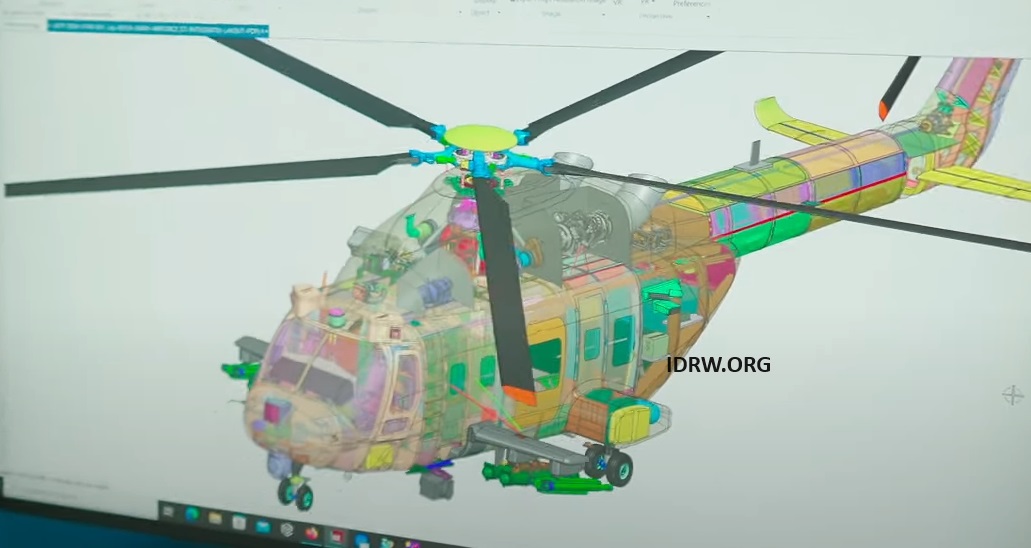
A computer-generated model of HAL’s upcoming 13-ton Indian Multi-Role Helicopter (IMRH), a medium-lift helicopter currently under development, has been revealed. The IMRH is depicted with an optional armament configuration, capable of carrying up to 1,500 kg of weapons externally.
The image showcases at least three hardpoints on each side of the helicopter, suggesting its ability to carry a dual ATGM rack of anti-tank guided missiles. It is also likely to be equipped with pods containing 57 mm and 80 mm unguided rockets, or even a nose-mounted 20 mm cannon.
Continue readingSOURCE: AFI

For decades, the Indian Navy has relied heavily on Ukrainian-made marine gas turbine engines for its warships. However, recent geopolitical events have highlighted the vulnerabilities of depending on a single foreign supplier. This article argues that India should prioritize the development of indigenous marine engines for its warships, ensuring greater self-reliance and strategic autonomy.
The ongoing conflict in Ukraine has exposed the risks associated with depending on a single source for critical defense equipment. Disruptions in supply chains, potential sanctions, and limited control over upgrades and maintenance are all potential consequences. Developing indigenous marine engines would free India from this dependence, guaranteeing a steady supply of vital components for its warships.
Continue readingSOURCE: AFI
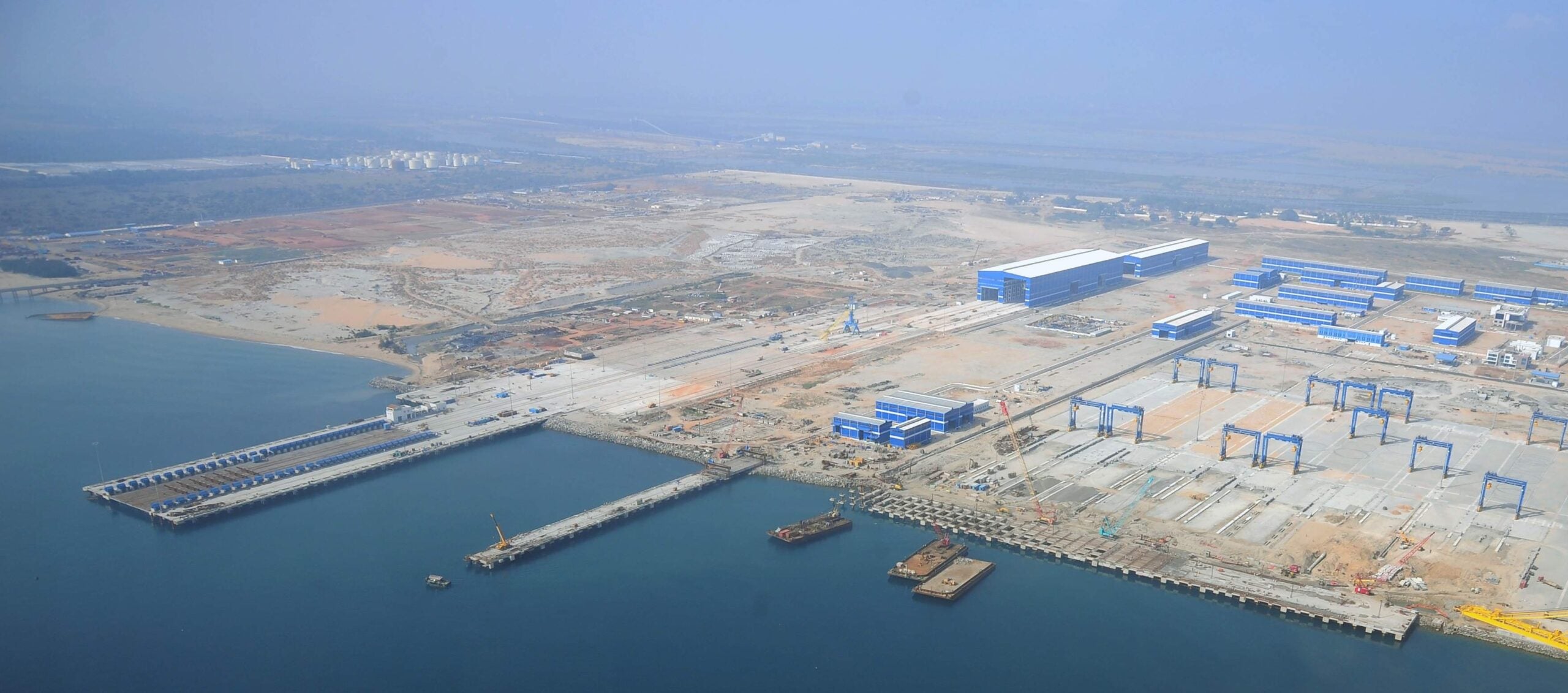
Larsen & Toubro’s (L&T) defence division, L&T Defence, is undergoing a strategic shift. The company announced plans to diversify into producing non-military equipment and infrastructure, leveraging its existing expertise and resources. This move aims to better utilize its manufacturing capabilities while the company awaits larger defense contracts.
To reflect this new business strategy, L&T Defence has transformed into L&T Precision Engineering and Systems, effective April 1st, 2024. This name change signifies the company’s expanded focus beyond solely military applications.
Continue readingSOURCE: AFI

The Indian Navy and the Japan Maritime Self-Defense Force (JMSDF) recently concluded a successful bilateral exercise, further solidifying their strategic partnership. This exercise, conducted in the vicinity of South of Kanto, exemplifies both navies’ commitment to strengthening regional security.
The exercise underscores the importance of collaboration between India and Japan in responding to shared strategic challenges in the Indo-Pacific region. Regardless of the geographical distance separating the two nations, their naval forces are actively working towards fostering closer relations year after year.
Continue readingSOURCE: RAUNAK KUNDE / NEWS BEAT / IDRW.ORG
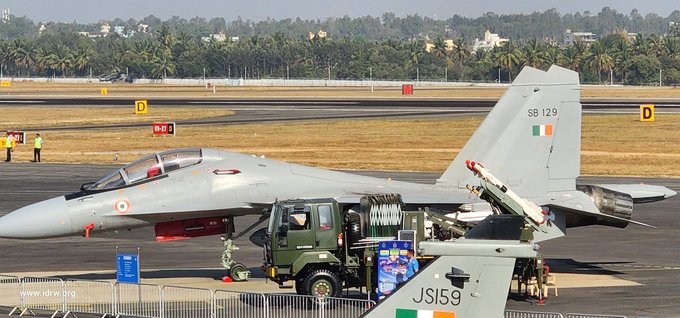
The Indian Air Force (IAF) is planning for the long haul with its Su-30MKI fighter jets. A proposed integration and upgradation program aims to keep these powerful aircraft operational until the mid-2050s.
This ambitious plan hinges on a significant boost to domestic involvement in the Su-30MKI program. The IAF anticipates achieving a staggering 78% indigenization of the aircraft through this upgrade process. This would essentially transform the Su-30MKI from a Russian platform into an aircraft built and maintained largely by India.
Continue readingSOURCE: RAUNAK KUNDE / NEWS BEAT / IDRW.ORG
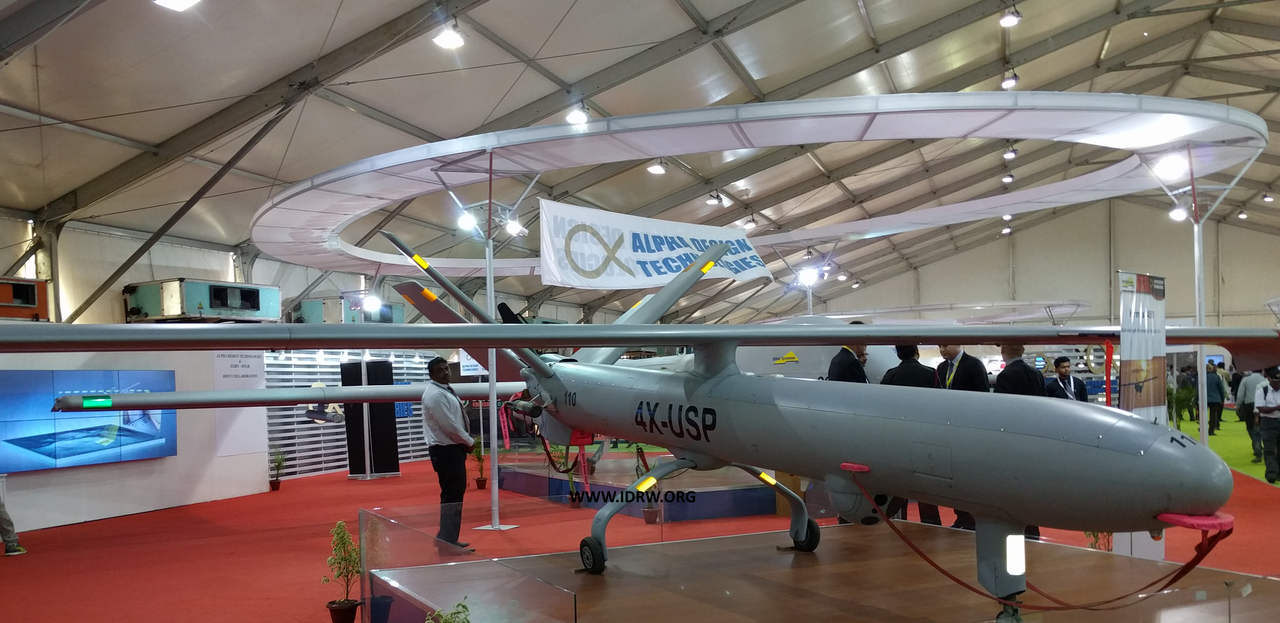
Adani Defence, having secured a major order for its Larger Drishti-10 MALE UAV from the Indian Navy, Adani Defence is now setting its sights on increasing domestic participation in its Drishti-6 tactical UAV program.
The Drishti-6 is a medium-sized, multi-payload UAV based on the Elbit Systems Hermes 450. Adani Defence has been part of the Hermes 450’s global supply chain since 2016, bringing valuable experience to the table.
Continue readingSOURCE: RAUNAK KUNDE / NEWS BEAT / IDRW.ORG

The Ministry of Defence (MoD) has revealed details about a groundbreaking underwater vehicle, the High Endurance Autonomous Underwater Vehicle (HEAUV). This mini-submarine boasts impressive capabilities, making it a valuable asset for India’s maritime security and research endeavours.
The HEAUV’s key strengths lie in its long endurance, autonomous operation, and diverse mission capabilities. This underwater drone can operate for extended periods without human intervention, ideal for long-range missions. Autonomous ISR (Intelligence, Surveillance, and Reconnaissance) missions are a major strength, allowing for covert data collection without risking personnel. The HEAUV is also equipped for limited combat capability, offering an additional layer of strategic flexibility.
Continue readingSOURCE: AFI
)
The Mikoyan-Gurevich MiG-21, fondly nicknamed “Fishbed” by NATO, has been a mainstay fighter jet of the Indian Air Force (IAF) for over six decades. It holds a unique place in Indian aviation history, playing a pivotal role in numerous conflicts and serving as a reliable workhorse for the IAF.
This article delves into the variants of the MiG-21 in the IAF’s service, its operational history, and its remarkable kill records.
Continue readingSOURCE: IDRW.ORG TEAM.
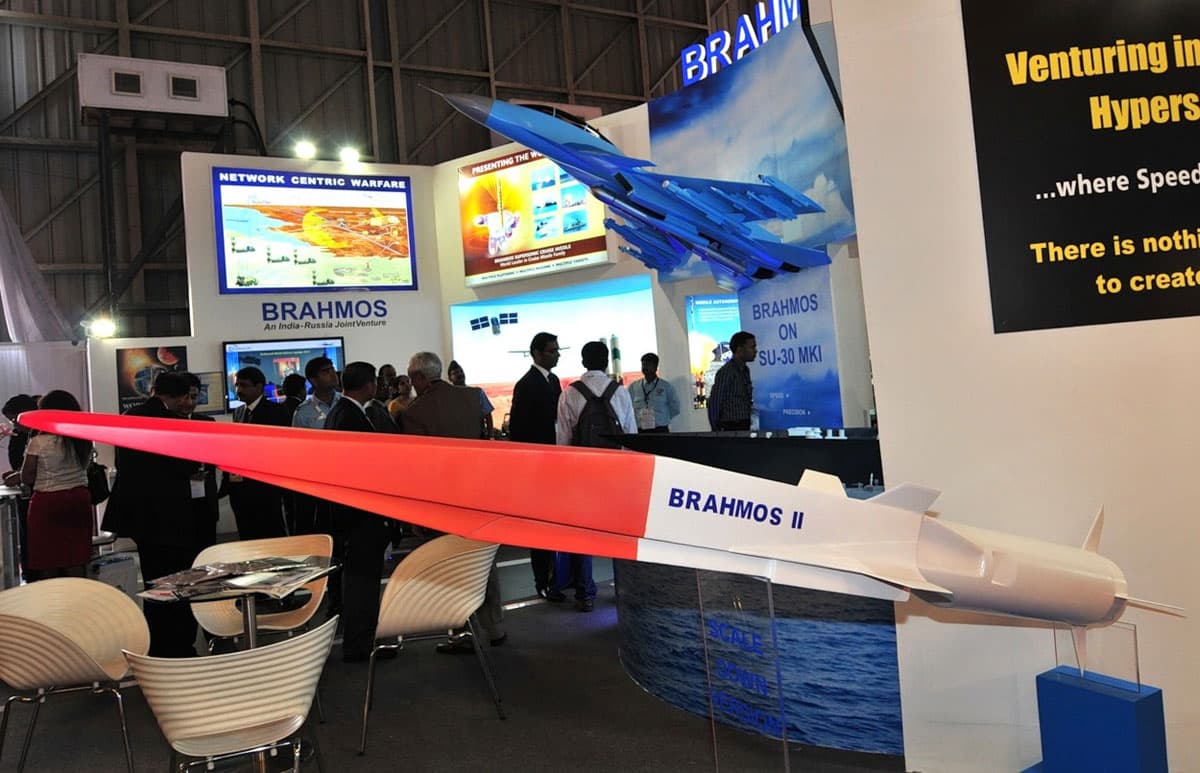
India is making significant strides in hypersonic technology with two key programs: the BrahMos-2 hypersonic cruise missile and the Hypersonic Technology Demonstrator Vehicle (HSTDV).
Developed collaboratively by the Indian Institute of Science (IISc) and the Moscow Aviation Institute (MAI), BrahMos-2 is a next-generation hypersonic cruise missile. This technological marvel is designed to achieve speeds exceeding Mach 7 (nearly 8,650 kilometers per hour) and possess a strike range of up to 600 kilometers.
Continue readingSOURCE: IDRW.ORG.
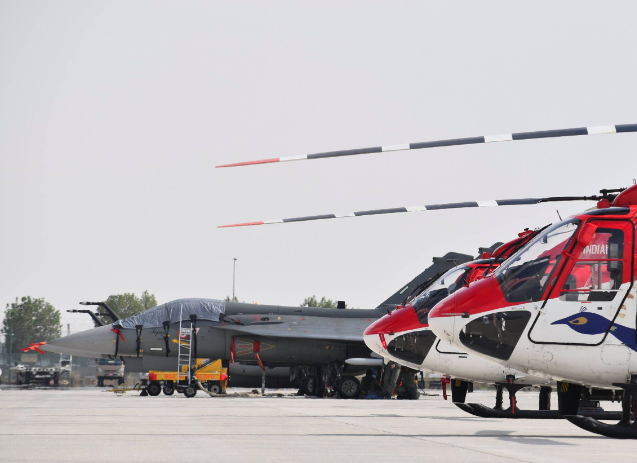
In a significant diplomatic move, the Philippines and India have embarked on a path towards enhanced defense cooperation. During a recent high-level meeting between Defense Secretary Gilberto Teodoro and Indian Minister of External Affairs Subrahmanyam Jaishankar, both nations expressed their commitment to deepening their defense relations.
One of the key agreements reached during the meeting was the establishment of a multi-level dialogue mechanism, aimed at facilitating regular communication and coordination between the defense establishments of the two countries. This mechanism is expected to serve as a platform for discussing a wide range of defense-related issues, including strategic cooperation, joint exercises, and defense procurement.
Continue readingSOURCE: AFI
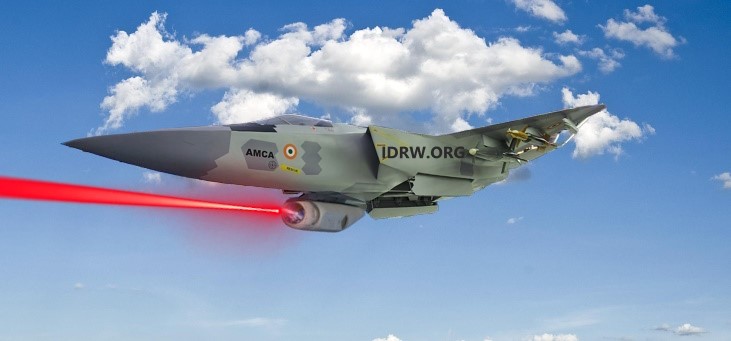
India’s ambitious Advanced Medium Combat Aircraft (AMCA) program faces a hurdle in attracting private sector participation due to concerns over risk sharing. Let’s delve into why private companies are hesitant and the challenges involved.
Private players base their investment decisions on a careful evaluation of potential returns and associated risks. Every risk needs a quantifiable measure and a clear mitigation plan. Unfortunately, the AMCA project presents a significant development risk that deters private sector involvement.
Continue readingSOURCE: AFI

India has taken a historic leap in its spacefaring journey with the successful launch and deployment of its first indigenously built sub-meter resolution optical satellite, TSAT-1A. This remarkable feat marks a significant milestone in India’s satellite development capabilities.
The TSAT-1A satellite is a testament to a successful collaboration between Tata Advanced Systems Limited (TASL) and Satellogic, a renowned expert in Earth observation satellites. The satellite was assembled at TASL’s AIT plant in Karnataka, leveraging Satellogic’s expertise in developing advanced Earth observation technology and TASL’s proficiency in complex system integration.
Continue readingSOURCE: AFI
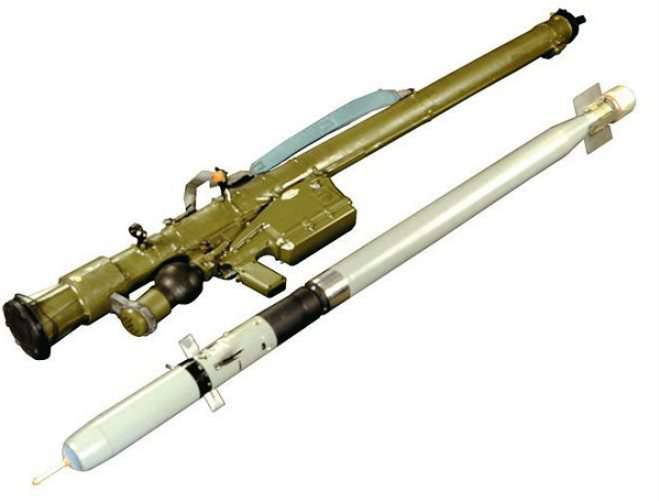
The Indian Army has taken a significant step towards strengthening its air defense capabilities with the acquisition of the first batch of Igla-S Man Portable Air Defense Systems (MANPADS) from Russia.
This initial batch comprises 24 launchers and 100 missiles. It forms part of a larger contract signed with Russia in November 2023, encompassing a total of 120 launchers and 400 missiles. Notably, while India received the first installment from Russia, the remaining systems will be manufactured domestically through a Transfer of Technology (ToT) agreement. This signifies a positive move towards self-reliance in defense production.
Continue reading